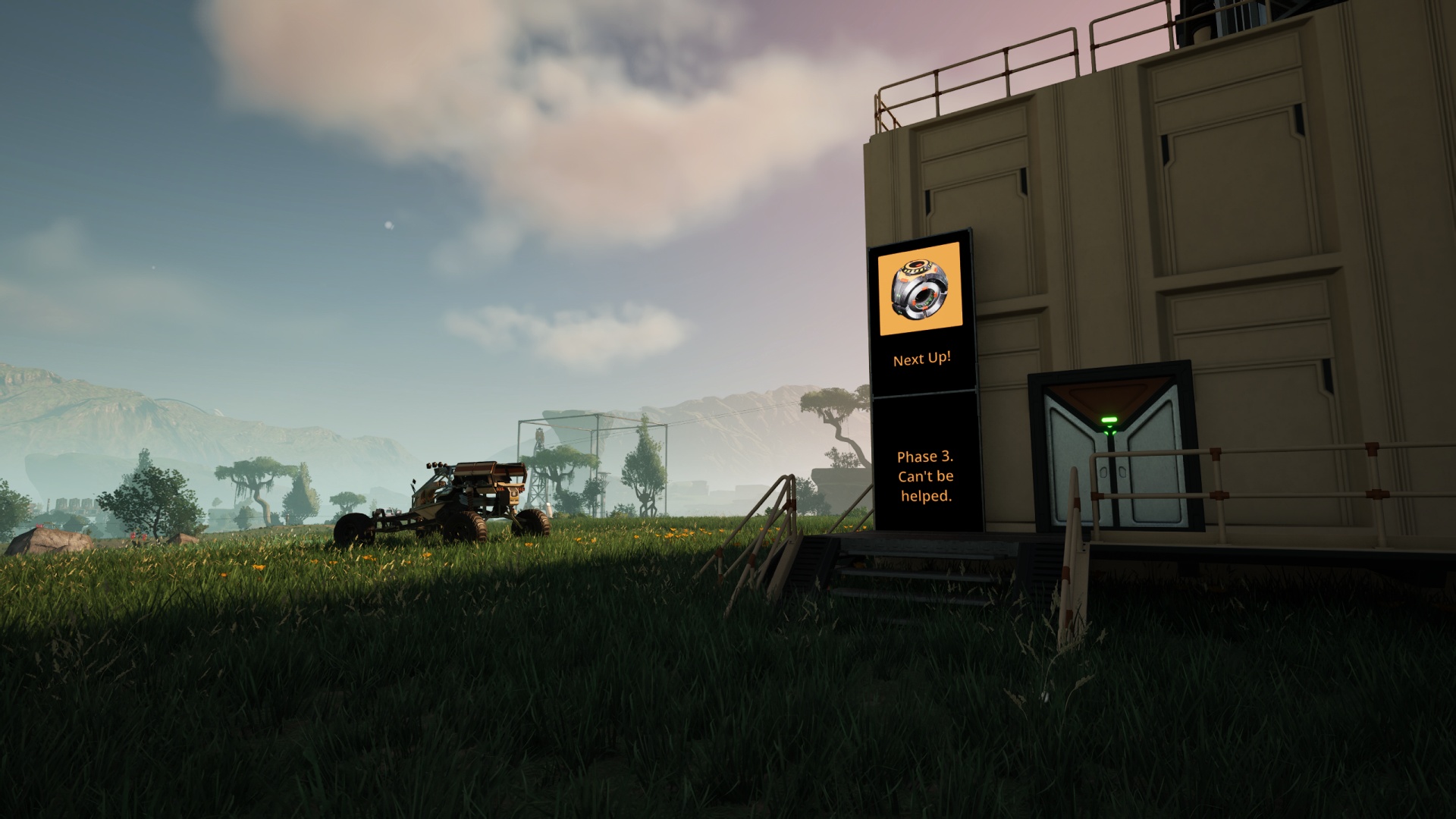It was with a hint of dread and a large dollop of hope that I trekked down to the office this afternoon. You see, the main office fileserver lost a hard drive last week. This would normally be the sort of thing one would stay all night overnight to repair ASAP, but considering the drive failed without my even knowing it until I just happened to look at the drive array and noticed the amber indicator, I wasn’t all that worried. The server could jolly well tick along for another couple of days, I figured.
Oddly enough, I figured correctly.
The server’s an HP ProLiant DL380 G3, which in non-geek terms loosely translates to “expensive server, designed to be mounted in an equipment rack, that features (for the sake of this entry) hard drives you can take out and replace while the machine’s still running.” My experiences with “hot-swap” hard drive technology has been mixed, to say the least. The good old Dell PowerEdge 2300? Never a problem. Ben and I popped drives in and out of that thing on a weekly basis for a while there, at the downtown KKSN-FM office. Some of the other hot-swap equipment, however, sort of soured me on the concept. (Longtime readers will remember some episodes of fun and frolic involving the Enco server…)
Today, though, was something of a revelation. It went something like this:
- Arrive at office.
- Unlock cabinet containing spare hard drive (that I was lucky to have in the first place).
- Offer silent prayer to whatever gods of geekery might be listening.
- Pop the release on the old drive.
- Give the drive a few seconds to spin down.
- Remove old drive.
- Insert new drive, latch into place.
- Watch happy green lights appear.
- Turn out the lights, lock up the office and go home.
All told, this was about a five minute job, and that’s counting all time spent in the building. I’m not kidding. Sure, the drive’s going to be rebuilding for a few hours yet… but I don’t need to watch over it. If the whole thing fails, I’ll get a message on my phone about it. In my experience, though, if it was going to fail it would already have done so.
Awesome. Ye gods, I want more of those servers!

Comments
2 responses to “Now THAT is how it’s supposed to work!”
I would have backed up the system first, before the hot-swap. However, I’ve been there with a Proliant and it worked like a charm.
I had a known-good full-nightly from the Friday night before close at hand, in case things went horribly awry. Mind you, restoring NDS tree data from tape isn’t exactly how one wants to spend a Sunday afternoon…